Seismological Society of America > News
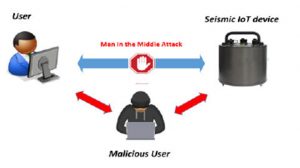
10 February 2021–Seismic monitoring devices linked to the internet are vulnerable to cyberattacks that could disrupt data collection and processing, say researchers who have probed the devices for weak points. Common security issues such as non-encrypted data, insecure protocols, and poor user authentication mechanisms are among the biggest culprits that … Continue Reading »
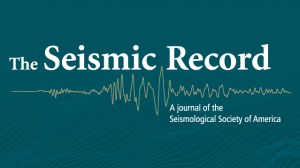
1 February 2021–Today, the Seismological Society of America is opening submissions for its new open-access journal, The Seismic Record. It’s a thrill to be launching a high-impact, timely and inclusive journal that meets the interests of the seismological community–and we want you to be part of this launch. The Seismic Record provides an … Continue Reading »
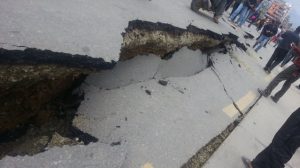
20 January 2021–As scientists increasingly rely on eyewitness accounts of earthquake shaking reported through online systems, they should consider whether those accounts are societally and spatially representative for an event, according to a new paper published in Seismological Research Letters. Socioeconomic factors can play a significant if complex role in … Continue Reading »
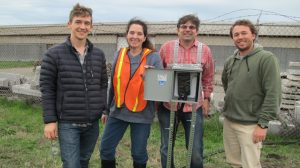
15 January 2021–In applied geophysics, studying the movements of the Earth goes far beyond the seismic signatures of natural earthquakes. During his career, Jonathan Ajo-Franklin has worked on permafrost, CO2 storage, geothermal energy, aquifer systems and more. “My interests always lie in the intersection between what people do to the … Continue Reading »
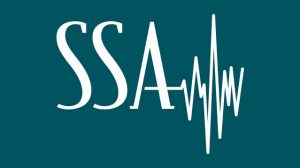
14 January 2021–SSA announced the election results from the 8 January 2021 election, conducted by YesElections, formerly known as Election America.
Three new members will join the board for three-year terms, and one board member was re-elected to a second term:
Karen Fischer, Brown University
Zhigang Peng, Georgia Tech University
Xyoli Pérez-Campos, Universidad Nacional Autónoma de México
Carl Tape, University of Alaska Fairbanks … Continue Reading »

16 December 2020–Big earthquakes may grab the headlines, but for Takahiko Uchide, the small events are just as interesting. For one thing, studying small earthquakes is a good way to learn about the physical properties of underground faults at a fine scale, he says. “Earthquakes reflect factors including the applied … Continue Reading »






